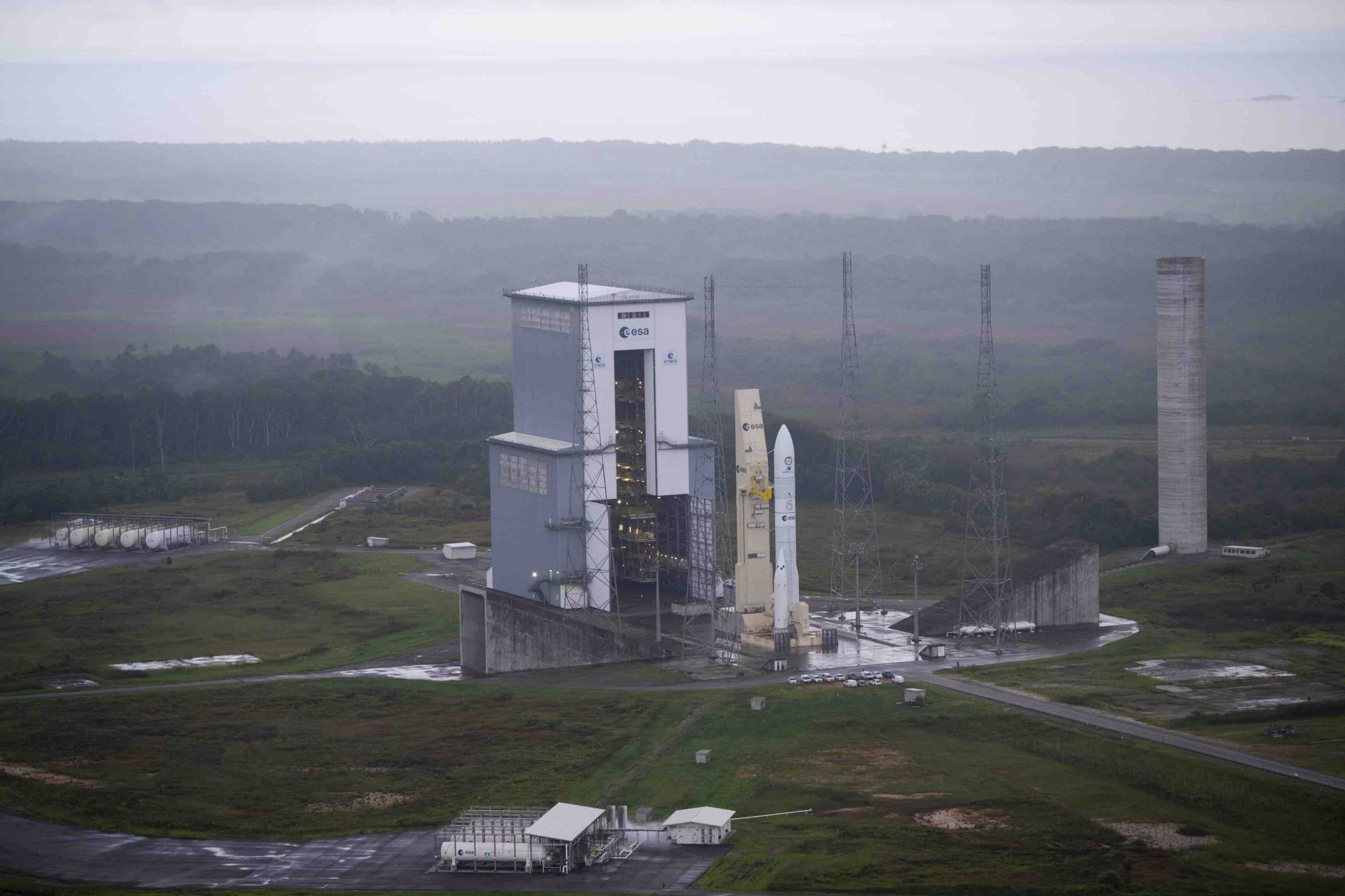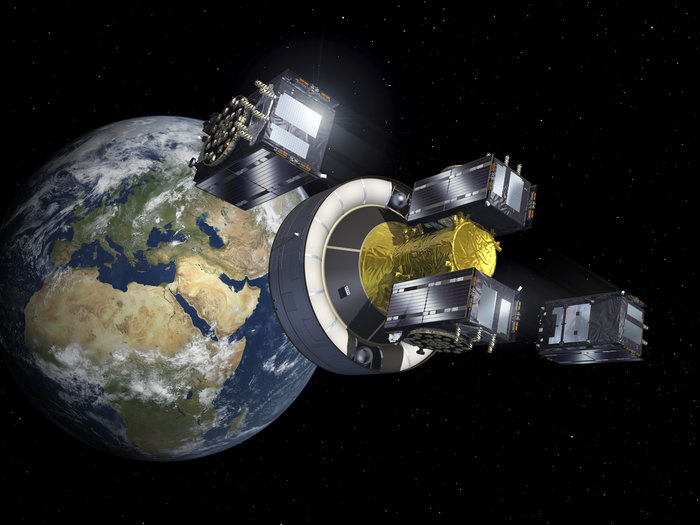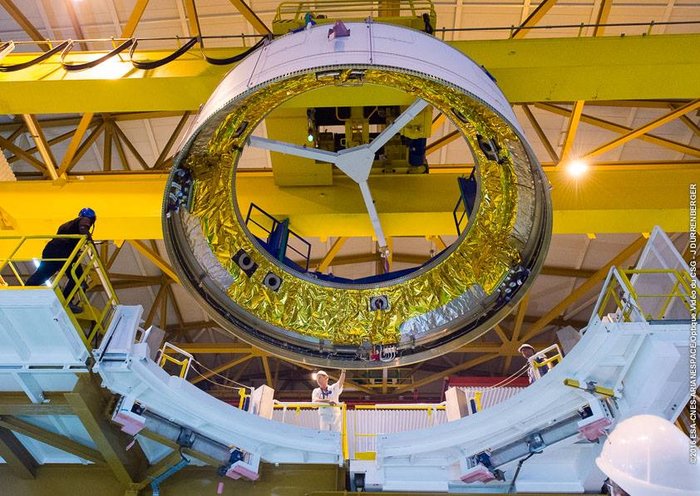Ariane 6’s inaugural rocket launch took place from Europe’s Spaceport in French Guiana at 16:00 local time on 9 July. It has taken over from Ariane 5, featuring a modular design that can launch missions from low-Earth orbit and into deep space. Galileo Second Generation (G2) satellites are projected to join the constellation in 2026 with the Ariane 6 launcher. G2 satellites will use electric propulsion and host a more powerful navigation antenna, better atomic clocks and fully digital payloads.
In April, 2 of the remaining G1 satellites were launched via SpaceX’s Falcon 9 launcher.
See in-depth reporting by Inside GNSS European Editor, Peter Gutierrez regarding the technology challenges which led to ESA utilizing SpaceX in April. The launch of Ariane 6 sets the stage for the scheduled 2026 deployment of the G2 satellites, utilizing ESA’s launcher.
This inaugural flight, designated VA262, is a demonstration flight with the goal of testing the capabilities of Ariane 6 in escaping Earth’s gravity and operating in space. It had several passengers on board. The next Ariane 6 is planned for launch this year on its first commercial flight under Arianespace as operator and launch service provider. “The success of this first flight marks the start of Ariane 6’s operational career, giving Europe an autonomous access to space,” added Stéphane Israël, CEO of Arianespace.
“A completely new rocket is not launched often, and success is far from guaranteed. I am privileged to have witnessed this historic moment when Europe’s new generation of the Ariane family lifted off – successfully – effectively reinstating European access to space,” said ESA’s Director General Josef Aschbacher.






